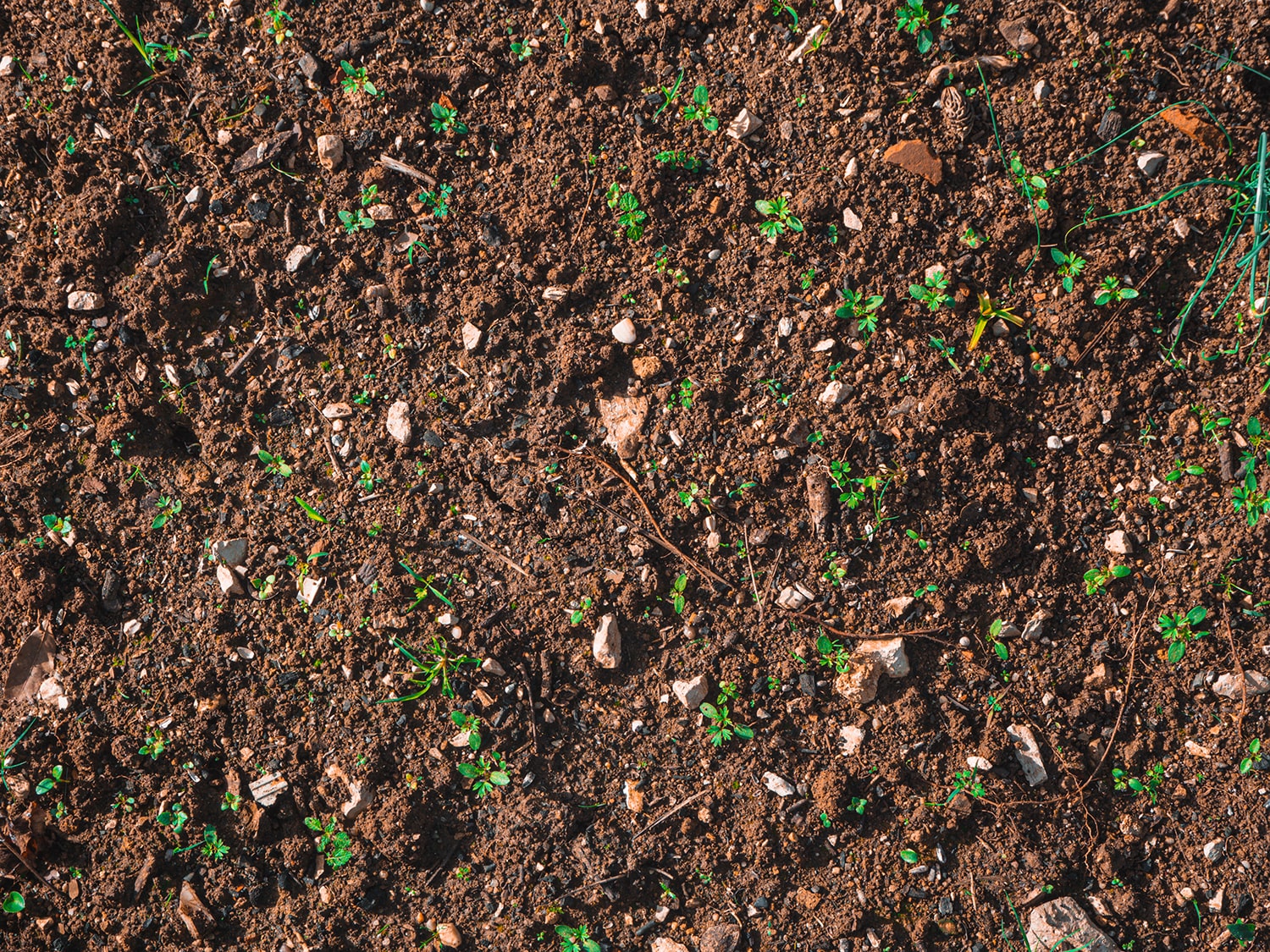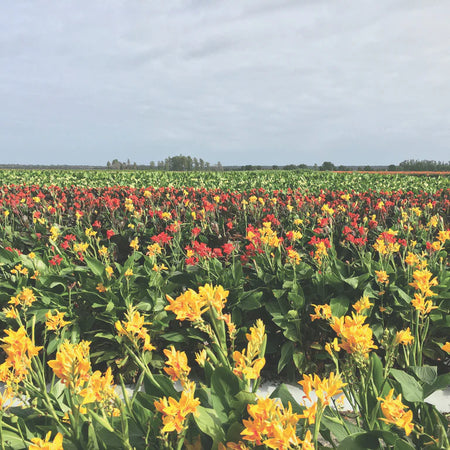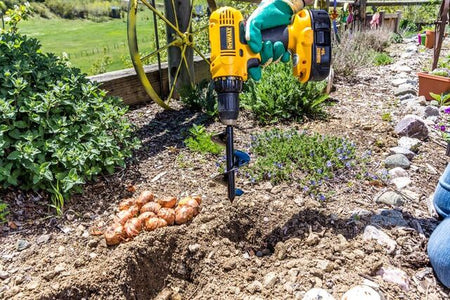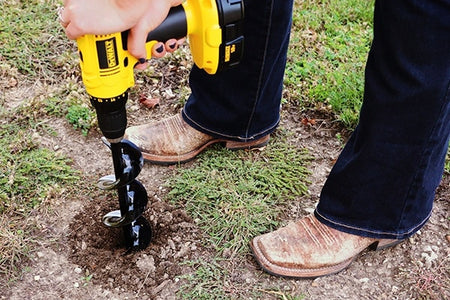It’s never too early to start thinking about spring
That is doubly true where fall bulb planting is concerned. If you want to make sure that your bulbs fare well over the winter and grow nicely in springtime, then there are a few best practices you’ll need to know.
Here are the top tips to keep in mind as you plant bulbs this autumn:
1. Choose a Spot With the Right Amount of Sun
Most fall bulbs require at least six hours of sunlight per day, so you’ll want to choose a sunny location to plant your bulbs. Keep in mind, however, that the definition of “sunny” varies based on which part of the growing season your bulbs will be blooming. For instance, early bloomers, such as daffodils, can easily be planted close to trees because in the beginning of spring, the trees won’t have leaves to shade the bulbs. Check not only sunlight requirements but also bloom times before choosing a place to plant your bulbs.
2. Get the Timing Right
Fall bulbs need to go into the ground at just the right time. Most spring-blooming bulbs require a cold winter to grow the following spring, but you don’t want to plant the bulbs too soon. The ideal time is about six weeks before the ground freezes in your area, or right about the time when nightly low temperatures fall to around 50 degrees Fahrenheit. This helps your bulbs get the cold period they need to sprout, but they won’t be in the ground and exposed to moisture long enough to rot.
3. Use a Bulb Planting Auger
In most cases, you won’t be planting a small handful of bulbs. To get a lush spring bloom, you’ll want to plant a few dozen at least. Digging all those holes by hand is tiring and time-consuming. Try using a bulb planting auger, instead. You’ll save time on the task, the auger will allow you to dig precise holes tailored exactly to the needs of the bulb, and you can even use the auger to mix compost into the soil so that your bulb bed is properly prepared.
4. Plant Bulbs the Right Way
Compost, as mentioned above, is an important part of bulb planting. Mix a handful into the soil for each hole before planting the bulb to make sure that it has enough nutrients to flourish during the growing season. The other key to planting bulbs properly is to make sure that they go in the holes right-side up. For reference, the pointy end of the bulb should be facing upward while the flat end, where the roots will sprout, should be at the bottom of the hole. Fill the holes carefully to make sure the bulb is properly oriented.
5. What Fall Flowers to Plant?
Unless you live in a warmer climate, most of the fall bulbs you’ll plant will be spring-blooming. The most popular flower bulb to plant in fall is the daffodil, but there are other favorites, too. Crocuses, hyacinths, snowdrops, tulips, bluebells and irises can all be planted in autumn.
6. Make Sure to Plant Bulbs Deep Enough
A common problem with new bulb plantings is that the bulbs aren’t buried deep enough. This exposes them to too much moisture, perhaps too much cold, and maybe even nuisances like rodents. The rule of thumb is to plant bulbs to a depth that equals three times the diameter of the bulb. For instance, if you have a 2-inch daffodil bulb, the hole for that bulb should be about 6 inches deep.With these tips, you’ll be able to make sure that your fall bulbs stay safe over the winter. When spring rolls around, your efforts will be rewarded with dozens of beautiful new blooms!
Ready to get started? Choose a Bulb Planting Auger.






